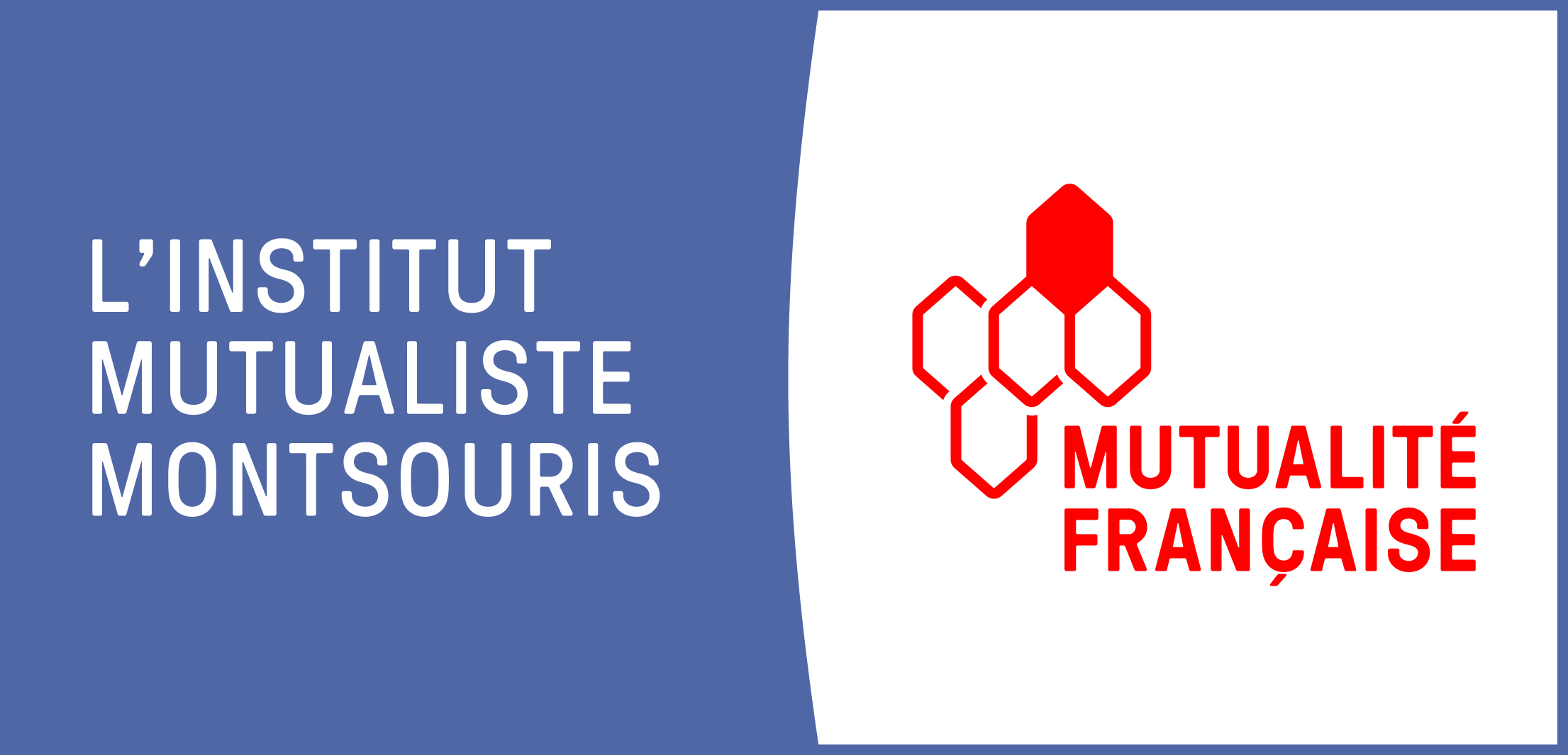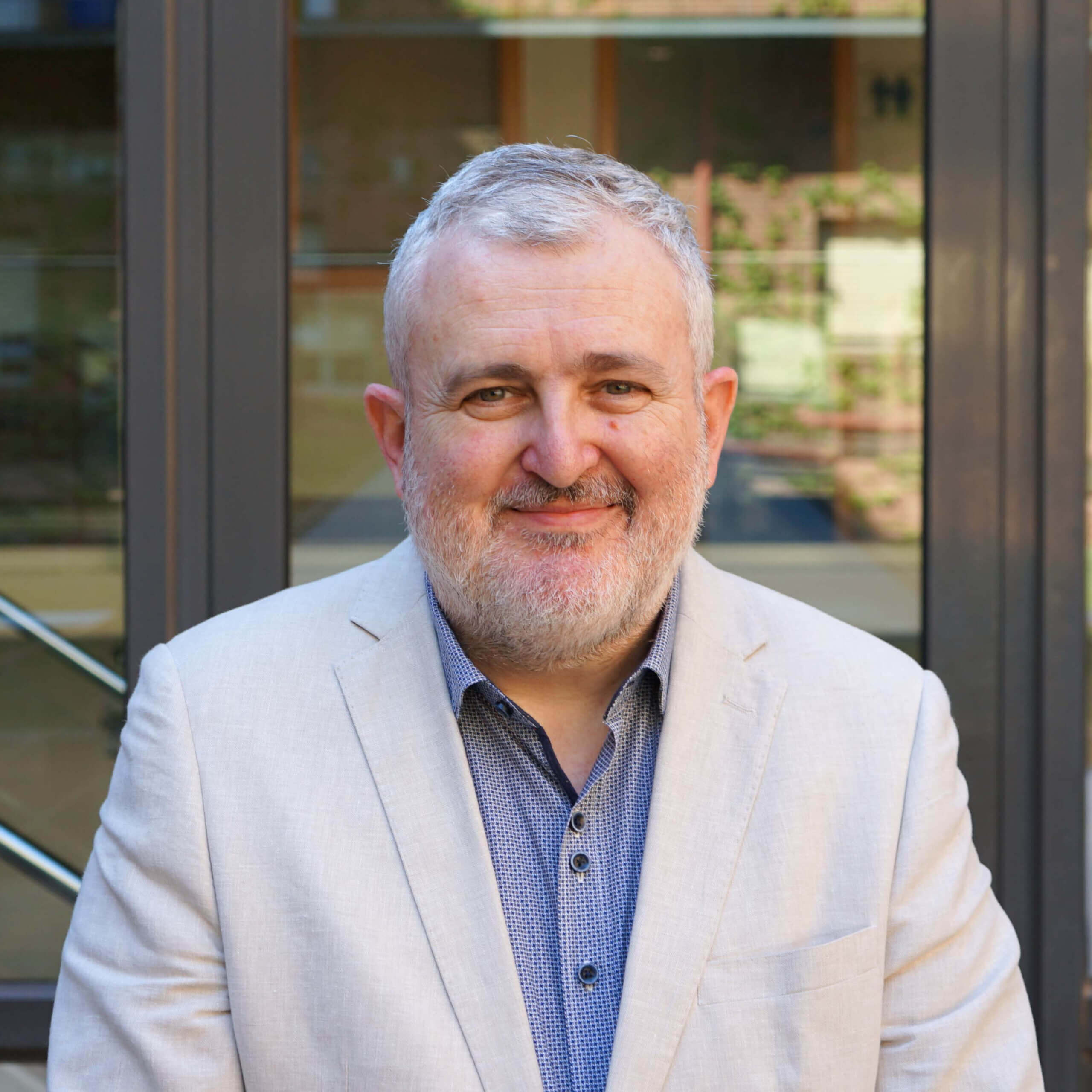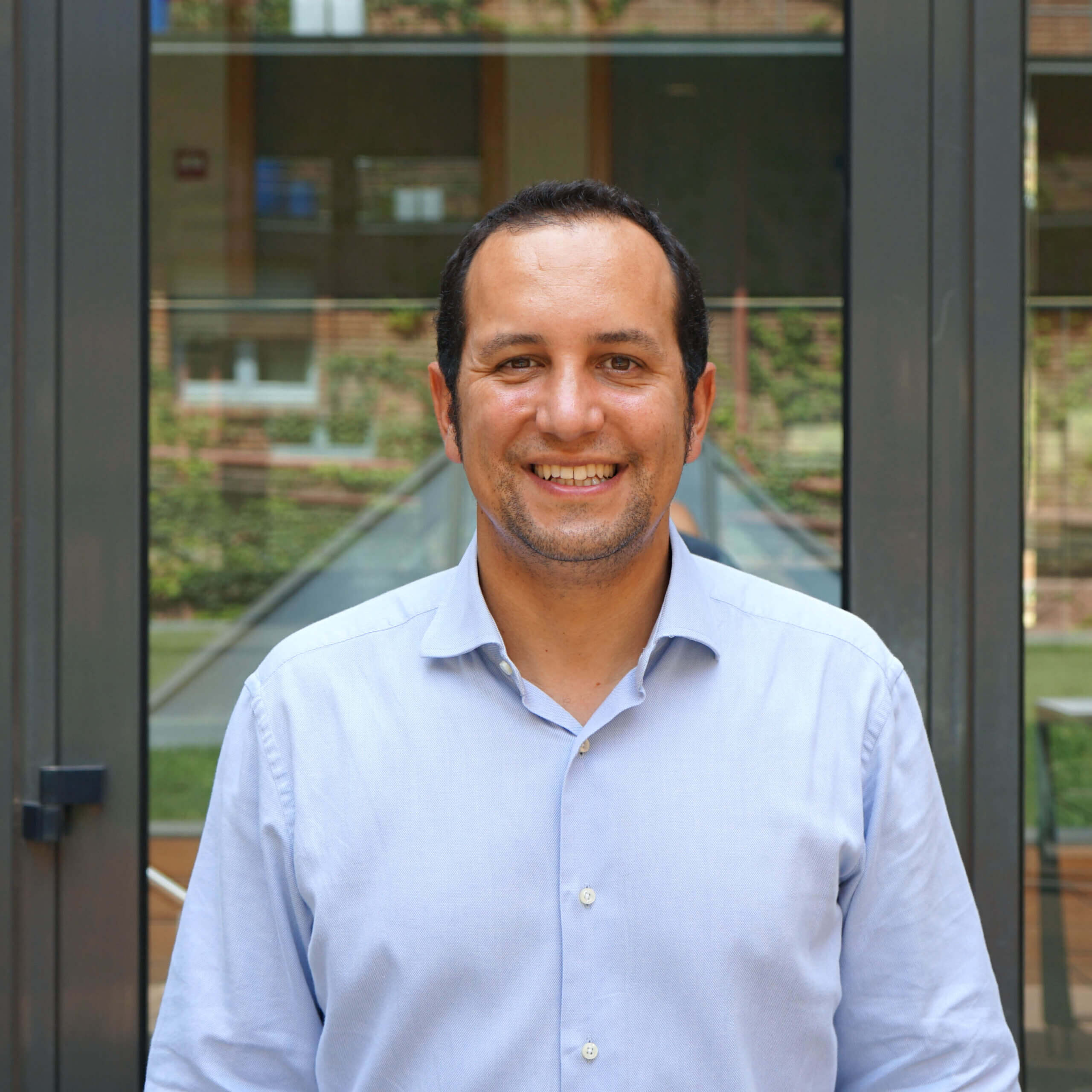Dr Pau Teixidó recently defended his industrial doctorate at IQS, in which he developed the formulation for a new bioadhesive and explored its application on an endovascular patch to treat aortic dissection.
Aortic dissection (AD) involves a fissure in the inner wall of the aorta, allowing blood flow to enter, creating a secondary channel of circulation and a separation of the layers of the aortic wall. This leads to decreased blood flow, widening of the aorta, or even aortic rupture. Current treatments, whether surgical or endovascular, fail to cure the disease as they were initially designed to treat aortic aneurysms. All of this results in high mortality rates, morbidity, and the need for new interventions in patients.
The company Aortyx is developing a solution for AD to change the treatment paradigm of this arterial condition. Their solution consists of a bioabsorbable patch that is applied to the affected area using an endovascular catheter. For this patch to be effective, it is necessary to incorporate an adhesive that allows the designed patch to adhere correctly to the aorta and resist the impact of blood flow.
In close collaboration between the Vascular Engineering and Applied Biomedicine Group (GEVAB) and the Materials Engineering Group (GEMAT) at the IQS School of Engineering, Dr Pau Teixidó Marqués recently conducted his doctoral thesis focused on developing the formulation of a new bioadhesive and its application on the endovascular patch designed by the spinoff Aortyx. His thesis was jointly supervised by Dr Jordi Martorell López and Dr Salvador Borrós Gómez.
An adhesive for a bioresorbable patch
The aim of Dr Teixidó’s thesis was to obtain an adhesive that would enable the patch designed by Aortyx to adhere to the aortic wall. Different adhesive formulations based on cyanoacrylate families were prepared. The selected formulation had to meet a series of characteristics: be able to stick in a wet environment, such as with blood flow; have a polymerization onset that allows the intervention process; be resistant to blood flow; have slow degradation; present low cytotoxicity; and not alter the properties of the patch to which it will be applied.
Once the formulation that best met the needs of the system was selected and characterized, the next step was to verify its functionality ex vivo. To do so, Dr Teixidó developed three different techniques for applying the adhesive on the patch, to choose which of them provided the best adhesion and resistance to flow, while facilitating the application process for surgeons in the operating room.
Finally, different in vivo tests were carried out, using the three application methods developed to evaluate their adhesion, resistance to flow, cytotoxic response, and cell migration in animal models and decide, alongside medical staff, which of the three application methods developed best met all the technical requirements while facilitating the overall process of the intervention. These in vivo tests were conducted in collaboration with the Institut Mutualiste Montsouris Recherche in Paris.
Dr Teixidó’s thesis closes the last step in the solution designed by Aortyx: the formulation of the adhesive and its application in the endovascular patch. In this way, the functionality of the product created by the company Aortyx can be guaranteed and the commercialization of this innovative device can be reached in the future.
“The thesis has allowed Aortyx to take advantage of all the know-how accumulated over the years at IQS in the area of adhesives and allows IQS to remain deeply involved in the progress of its spinoff,” said Dr Jordi Martorell, CEO of Aortyx.
Related publications
Noemí Balà, Jordi Martorell, Pau Teixidó et al. In vivo efficacy of an adhesive bioresorbable patch to treat aortic dissections, JACC, 9, 2024
Noemí Balà, Jordi Martorell, Salvador Borrós, Alejandro Aranda, Pau Teixidó, Carlota Molhoek, Vicente Riambau, Development of a Bioresorbable Patch to treat Aortic Dissection, Journal of Vascular Surgery, 77, issue 4, supplement (2023)
This thesis has been conducted within the 2019 Industrial Doctorates Plan of AGAUR-Government of Catalonia 2019-DI-060 Design and Development of a Biocompatible Adhesive for Vascular Patches, jointly financed between the IQS School of Engineering (Ramon Llull University) and the company Aortyx, and with aid received by the company from the European Commission EIC Accelerator 901221472 and the call for Public-Private Collaboration CPP2021-008546 from the Ministry of Science, Innovation, and Universities and the State Research Agency.
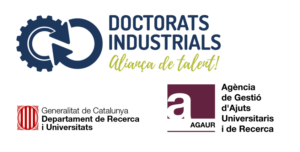
COLLABORATORS
RESEARCH GROUPS
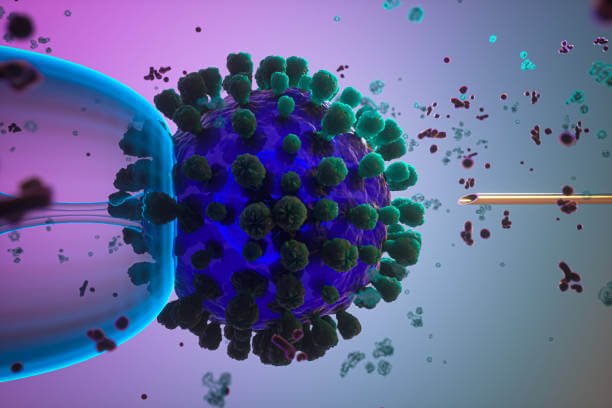
GEMAT – Materials Engineering
The GEMAT group (Materials Engineering Group) conducts its activity in three main areas: the development of new functional materials, surface engineering and biomaterials.
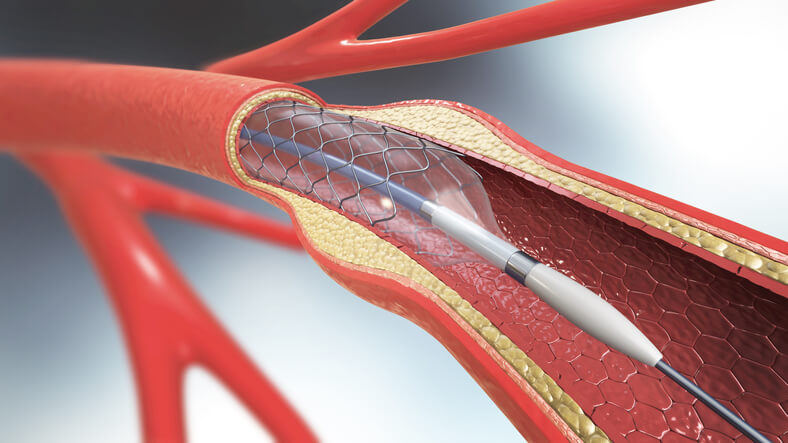
GEVAB – Vascular Engineering and Applied Biomedicine Group
The GEVAB group develops its activity in two main areas: the development of biomaterials to treat vascular pathologies and the study of other clinical needs, integrating knowledge from medicine, biology, chemistry, physics, mathematics and computing.












